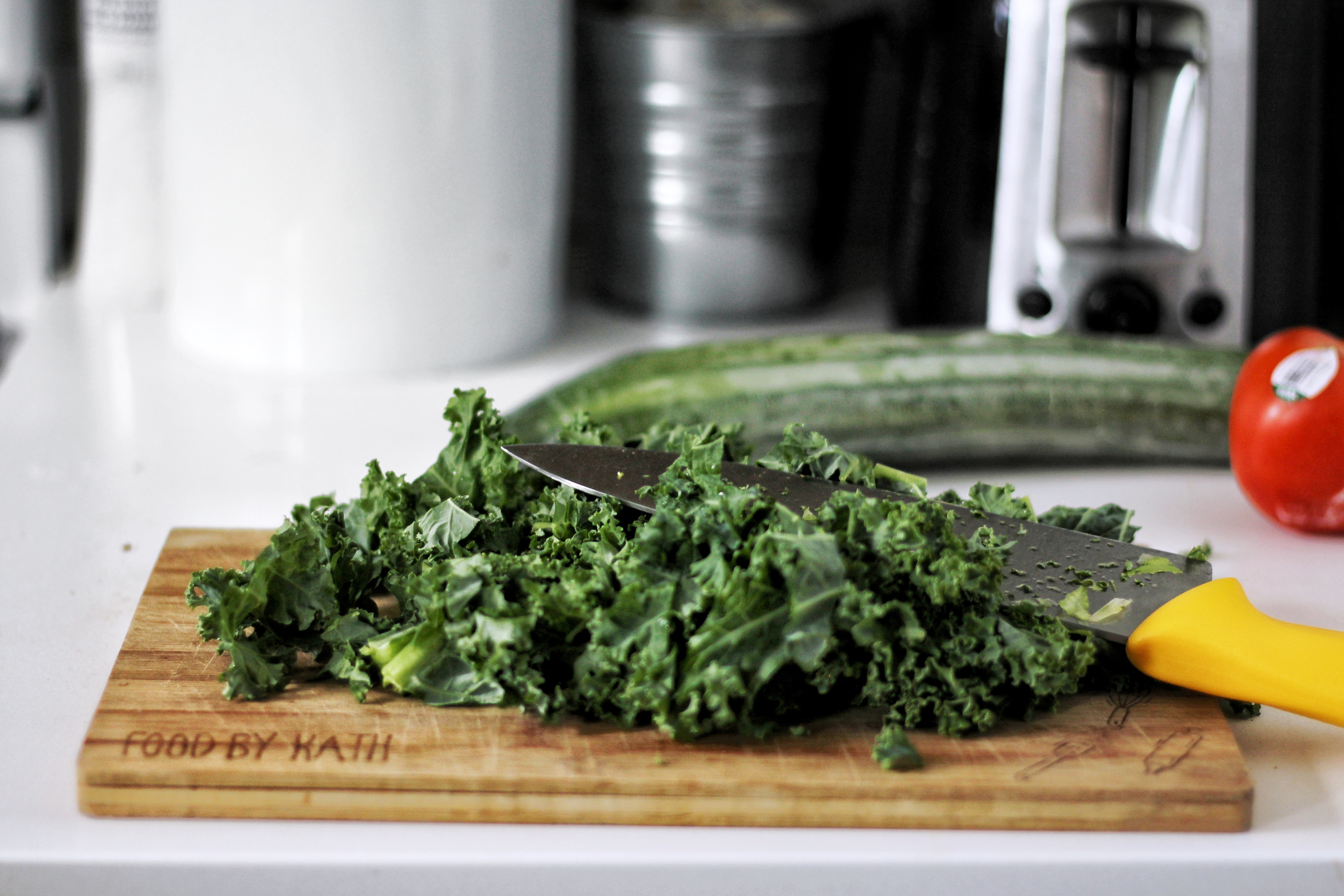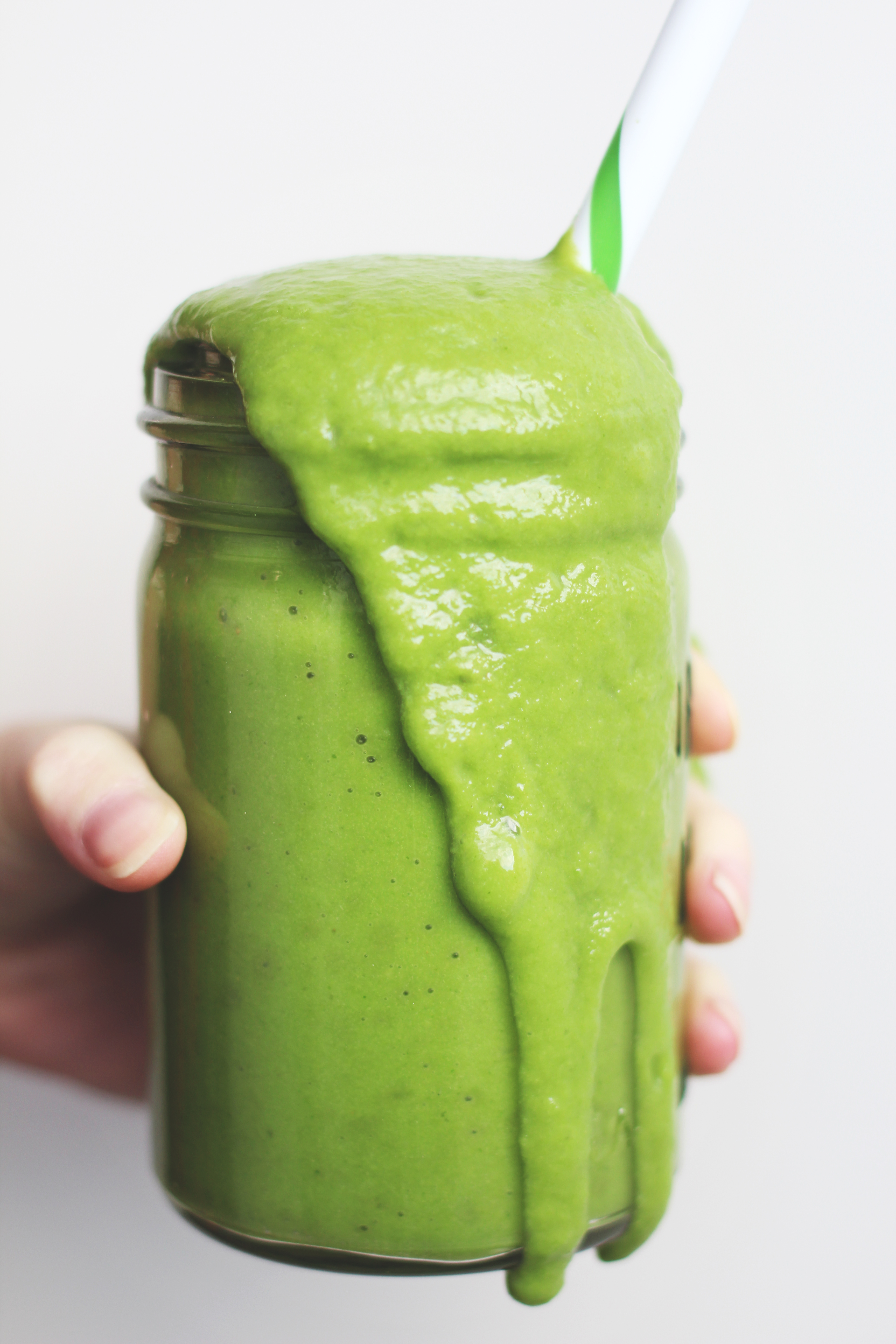Tips and tricks on how to find, prepare and eat greens more frequently.
Have you ever heard your parents tell you to eat your greens? Obviously we all have and as kids we were probably annoyed that in order to eat that delicious chocolate cake for dessert we had to first suffer through a pile of spinach. We all just want that damn delicious chocolate cake. However as you grow older and wiser you learn that those greens that your parents always told you to eat are actually pretty darn good for you. We don’t know about you, but now we love green vegetables and the benefits that have on your body.
It can be fairly confusing what green is best for what benefit and how you can involve them in your diet. That is why we put together this guide to our favourite and common greens that you may need to work into your diet. There are many reasons why you should be including greens into your diet including; iron, calcium, antioxidants, fibre and omega-3 fatty acids. However one of the best reasons to include greens into your diet is that they are delicious! Yes we said it, greens are delicious. When they are made properly that is.

What greens should you buy…
When buying greens look for those beautiful vibrant dark green colours. The darker the green, the better it is for you and the fresher it is. You want to make sure that they are perfectly crispy. We like to snap a small piece off to listen for the crisp. We also recommend buying organic for greens where you can, because the leaves are often sprayed with a lot of pesticides because bugs love them. If you can’t buy organic, don’t worry about, but be sure to give them a really good wash.
Our go-to green vegetables that we love to buy are:
- romaine lettuce (great for antioxidants vitamin C and vitamin A, vitamin K, beta carotene and filled with water)
- spinach (excellent source of vitamin K, vitamin A, manganese, folate, magnesium, iron, copper, vitamin B2, vitamin B6, vitamin E, calcium, potassium and vitamin C)
- kale (basically great for everything, they don’t call it a superfood for no reason)
- broccoli (excellent source of vitamin K, vitamin C, chromium and folate)
- cabbage (high in vitamin C, folic acid, calcium, potassium and fiber)
- asparagus (packed with vitamins A, C, E, K, and B6, as well as folate, iron, copper, calcium, protein and fiber)
- green beans (good source of vitamin C, folic acid, iron and potassium)
- bok choy (excellent source of vitamin K, vitamin C, vitamin A, potassium, folate, vitamin B6, calcium and manganese)
- green bell peppers (lots of beta-carotene; vitamins B6, C, and A; and potassium)
How to store your greens…
We were definitely the people that used to think you should store everything in the fridge in all the same plastic bags or containers. However times have changed and methods have changed. Different vegetables require different storage methods.
Leafy Greens (Kale, Romaine, Spinach, etc.) – We often recommend washing these as soon as you get them home. This makes them ready to use in the fridge when you need them and allows less time for the dirt and bugs to sit on your greens. To store keep wrapped in a clean tea towel in your fridge. Depending on your fridge your greens can last in your fridge for about one to two weeks.
Broccoli – Should be stored in your crisper and will last up to one week.
Cabbage – Best to be kept in the crisper and used as soon as possible. Once it is in your fridge for a week it starts to lose moisture.
Asparagus – Keep in the fridge in an upright position in a jar with about an inch of water at the bottom of the jar. This will keep your asparagus fresh for a couple days but it is best to use them within three to four days.
Green Beans – Green beans like humidity but don’t like to be wet. A damp cloth draped over a bowl of beans is best to store your green beans. Using this storage method you can make your green beans last up to about five days.
Bok Choy – Keep these this in the bag it comes in, in the crisper until you are ready to use it. Bok Choy can typically last up to five days. Wash immediately before using.
Green Bell Pepper – Keep them dry until you want to use them. Store them in a crisper for up to a five days.

Preparing green vegetables…
Before you use any green, organic or not, give them a really good wash. Often a few minute soak is a good idea. Those leaves can often hide some dirt and critters so make sure to use your hands and massage all the dirt off of your greens. To dry we like to lay them in a thin layer on a tea towel and pat dry.
Looking to make a salad with some kale? Well kale can be really bitter and tough, some people like it, some don’t. If you don’t there is one sure fire way to make your kale less bitter and easier to digest: acidity! Add about 1 tbsp of lemon or lime juice to your kale and using your hands massage it into your kale until you get an awesome soft texture.
Cooking with greens…
When cooking recipes we try not to overcook them. Now overcooking means different things for different people. We still like some crunch and bite in our vegetables. We often use the colour of them as an indication. Often overcooked vegetables lose their vibrancy and bright green colour, so you want to stop cooking them once they get this beautiful vibrant green colour.
Using key spices and flavours to spruce up your greens also helps a lot! We love garlic, onion, smoked paprika, soy sauce and peanut butter to spruce up some of our green dishes.
Eat greens more often…
Peanut Lime Stir Fry / Thanksgiving Lasagna / Tempeh Buddha Bowl / Classic School Sandwiches / Tomato Basil Pasta Salad / Chunky Green Spicy Hummus / Kale Caesar Salad / Bok Choy Stir Fry / Green Recovery Smoothie / Kale & Artichoke Dip
